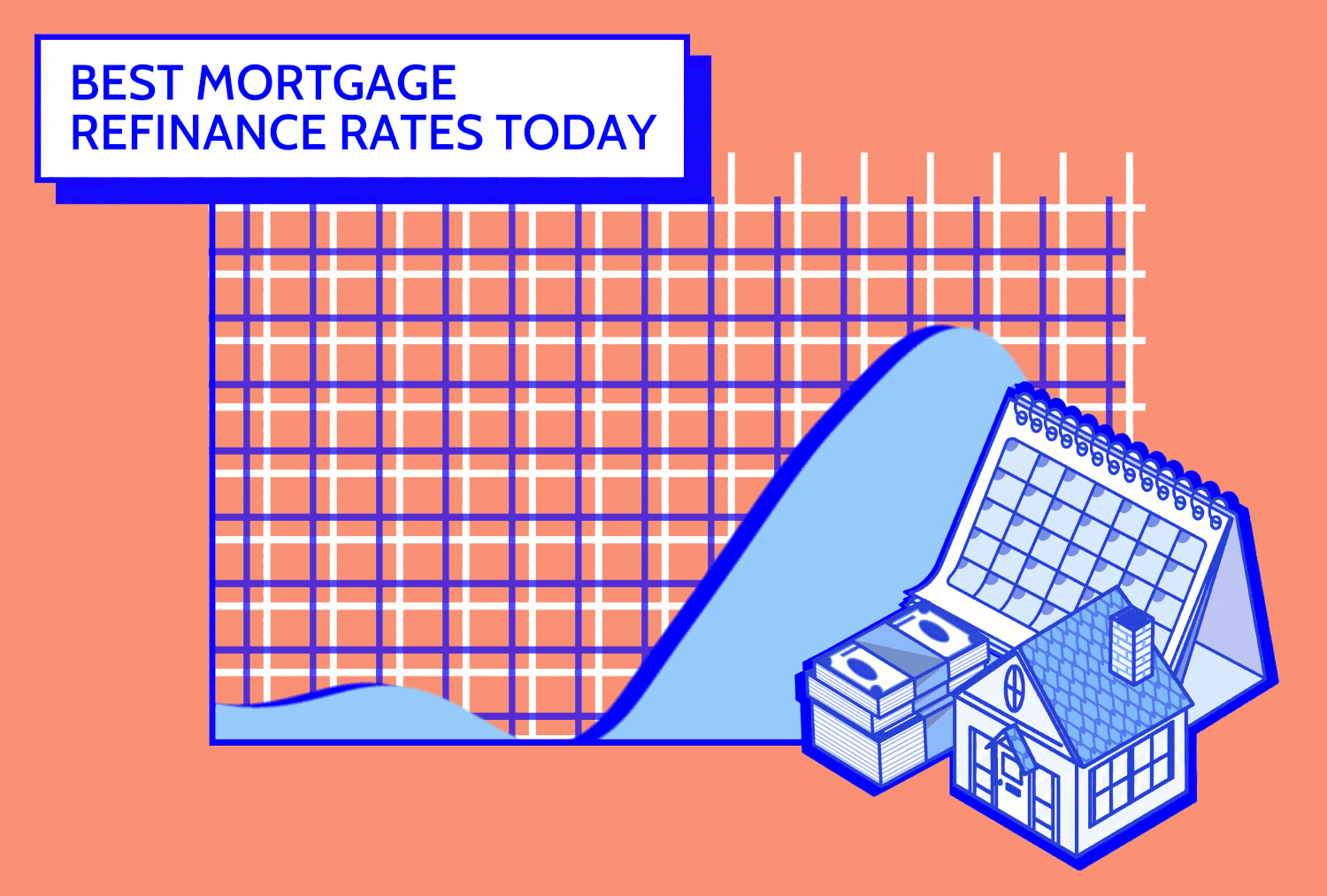Understanding Mortgage Refinancing: A Comprehensive Guide
Navigating the mortgage landscape can feel overwhelming, especially when it comes to refinancing your home. This guide aims to break down the essentials you need to know, from current mortgage rates to the benefits and costs associated with refinancing.
What Are Current Mortgage Rates?
Mortgage rates are crucial when considering refinancing. Here’s a snapshot of current rates for various types of loans:
- 30-Year Fixed: 6.90% (Purchase) | 7.08% (Refinance)
- 15-Year Fixed: 5.93% (Purchase) | 5.91% (Refinance)
- VA 30-Year Fixed: 6.60% (Purchase) | 6.55% (Refinance)
These rates can fluctuate based on market conditions and individual borrower factors.
Why Consider Refinancing?
Refinancing your mortgage can be a savvy financial move for several reasons:
- Lower Monthly Payments: If interest rates have dropped since you secured your mortgage, refinancing may significantly reduce your monthly payment.
- Desire for a Fixed Rate: Switching from an adjustable-rate mortgage (ARM) to a fixed-rate mortgage offers stability against future rate hikes.
- Cash-Out Options: Need cash for home repairs or major purchases? A cash-out refinance allows you to tap into your home’s equity.
The Refinancing Process: What to Expect
Refinancing is similar to securing your original mortgage:
- Costs: Be prepared for upfront costs such as lender fees, appraisals, and closing expenses. It’s essential to weigh these costs against potential savings.
- Documentation: Lenders will require your financial details, just as they did when you first bought your home.
Setting Mortgage Refinance Rates
Mortgage refinance rates are influenced by wider market trends, primarily shaped by the Federal Reserve’s short-term interest rates, which indirectly affect the longer-term rates you pay. Higher credit scores and larger down payments generally unlock better rates.
Is Refinancing Right for You?
Before deciding to refinance, ask yourself:
- Will you benefit from lower payments, or is now the right time to switch payment types?
- Will you stay in your home long enough to recover closing costs?
- Do you have a solid credit score and healthy financial standing?
Tips for Securing the Best Rates
- Boost Your Credit Score: Paying bills on time and correcting credit report errors can improve your score over time.
- Understand Your Debt-to-Income Ratio: A lower ratio enhances your chances of qualifying for favorable rates. Aim for a DTI of 36% or below.
- Increase Home Equity: Consider making extra payments or waiting for your home to appreciate in value, as more equity can lower your loan-to-value ratio, which lenders view positively.
Mortgage Points: What to Know
Mortgage points are fees paid to lower your interest rate. Each point costs 1% of your loan amount, potentially saving you on total interest payments over time.
Final Thoughts: Should You Refinance?
Refinancing isn’t a one-size-fits-all solution, but for many homeowners, it can lower payments, provide cash for renovations, and help eliminate mortgage insurance. Ensure you carefully evaluate your situation and financial goals before taking the plunge.
In summary, keep an eye on interest rate trends, assess your financial health, and consider your long-term housing plans. Understanding these elements can empower you to make informed decisions about refinancing your mortgage.

Writes about personal finance, side hustles, gadgets, and tech innovation.
Bio: Priya specializes in making complex financial and tech topics easy to digest, with experience in fintech and consumer reviews.

